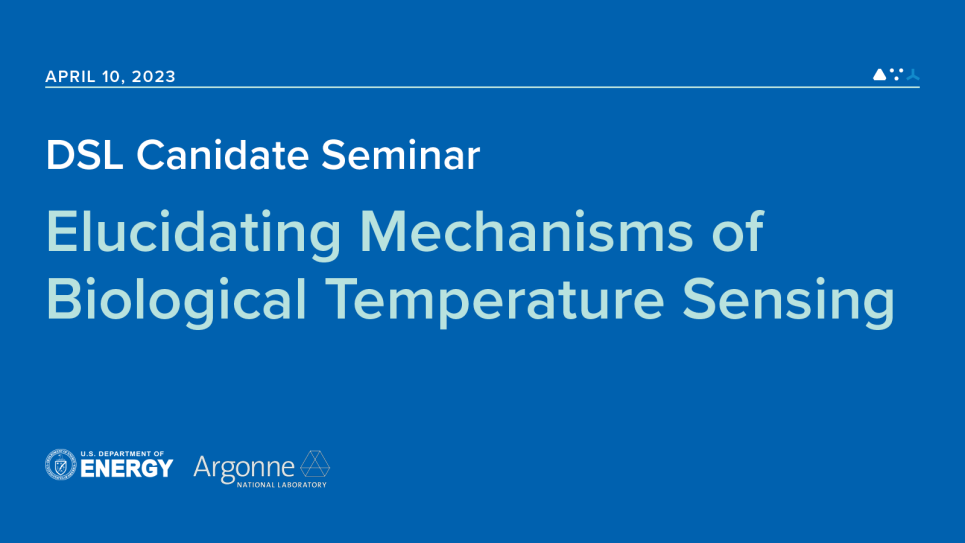
Elucidating Mechanisms of Biological Temperature Sensing
Sonya Hanson, Ph.D., Research Scientist, CCB, joined the Flatiron Institute’s Center for Computational Biology in 2021. Her research focuses on structural and molecular biophysics, particularly the modeling and analysis of experimental data and simulations to understand the molecular mechanisms of key biological processes. She has a B.S. in biophysics from the University of Southern California and received her Ph.D. in biochemistry from the University of Oxford, studying the temperature-sensitive transient receptor potential (TRP) ion channels. Prior to joining the CCB, Hanson was a post-doctoral researcher at the Max Planck Institute of Biophysics, Columbia University, and the Memorial Sloan Kettering Cancer Center. In her research, she combined experimental and computational methods to study temperature-sensitive bacterial sodium channels, extracted continuous conformational heterogeneity from cryo-EM datasets, and how designed better-targeted therapies to kinases.
Description: As Richard Feynman said, “if we were to name the most powerful assumption of all, which leads one on and on in an attempt to understand life, it is that all things are made of atoms, and that everything that living things do can be understood in terms of the jigglings and wigglings of atoms.” Only recently have we had access to the computational power necessary to understand how this jigglings and wigglings of atoms can give us insight about biological mechanisms. One of the biological processes that is most directly connected to this wiggling is biological temperature sensing, of which our understanding remains relatively poor. For example, we know of the capsaicin- and heat-sensitive TRPV1, and the other members of the TRP family whose range of temperature sensitive properties extends from extreme cold to extreme heat. However, we have yet to identify their coveted modular temperature sensor despite the onslaught of structural information of this family from cryo-electron microscopy (cryo-EM) of the last few years. With the help of molecular dynamics (MD) simulation, structural modeling, bioinformatics, machine learning, and advanced methods in cryo-EM analysis we have more insight into these sometimes elusive sensors. The mechanisms revealed by this research will improve our ability to 1) develop pain therapeutics, for which some temperature sensors prime non-opioid receptor targets, and 2) understand the temperature sensitivity of plants and marine bacteria, which play key roles in our global ecosystem.